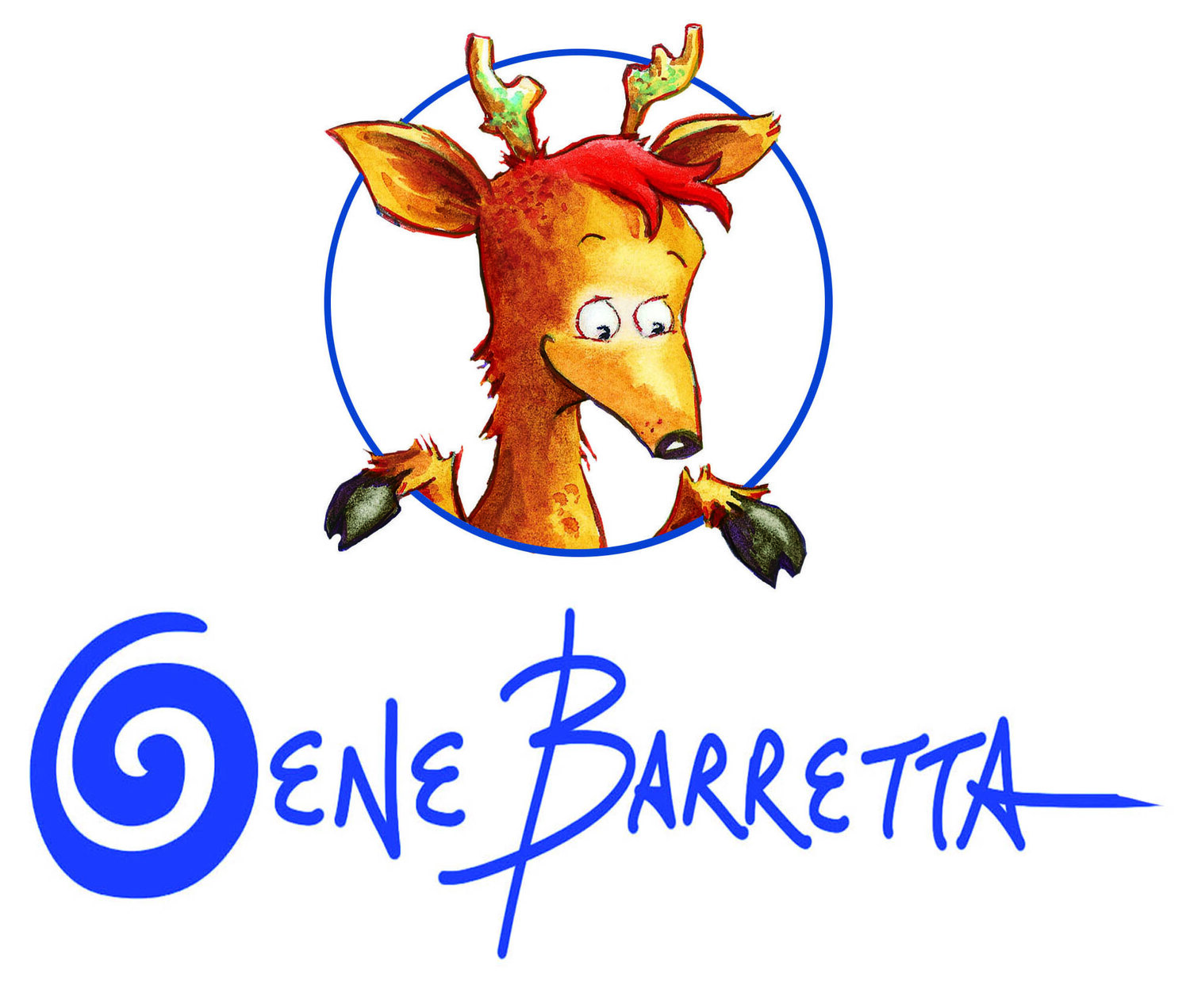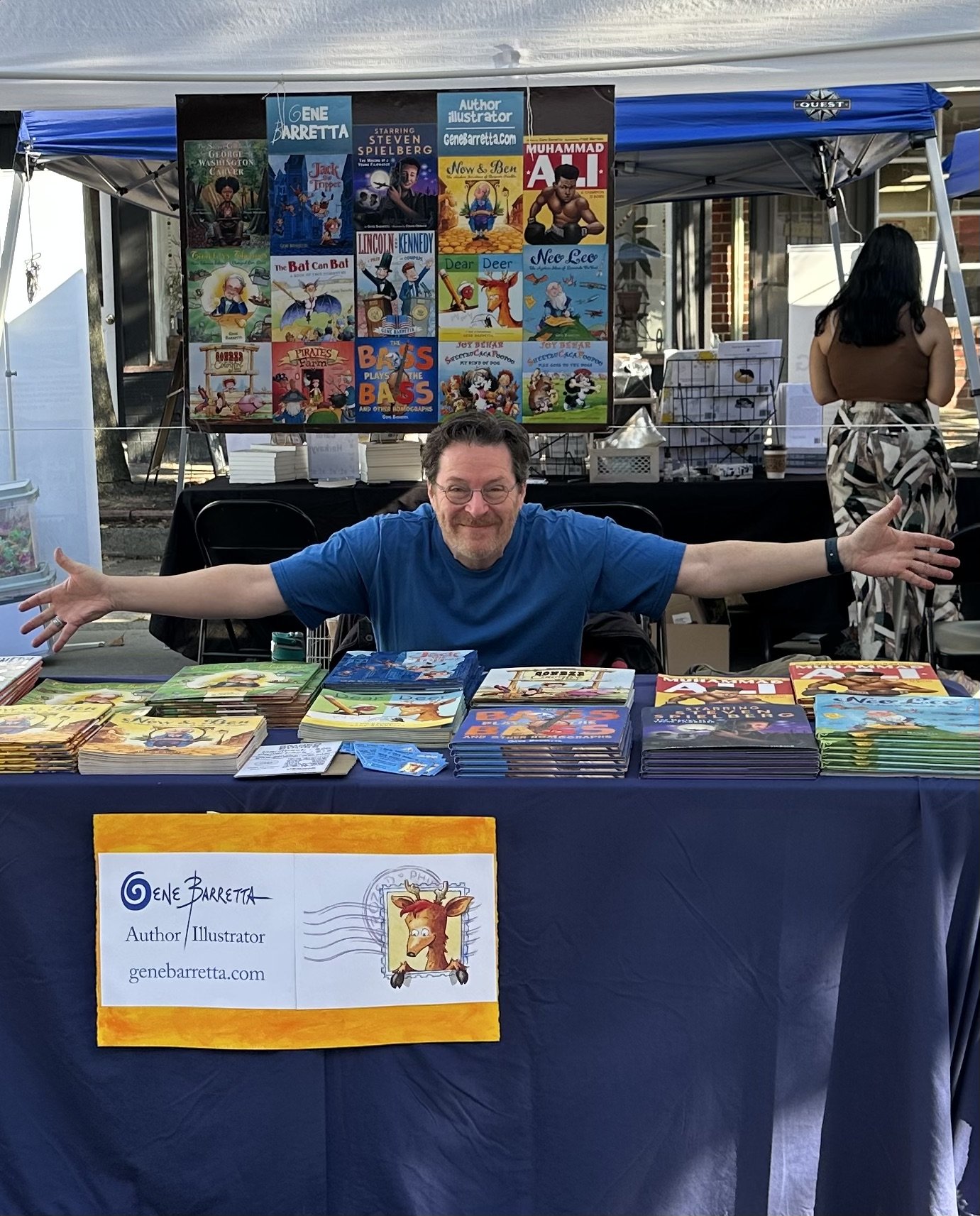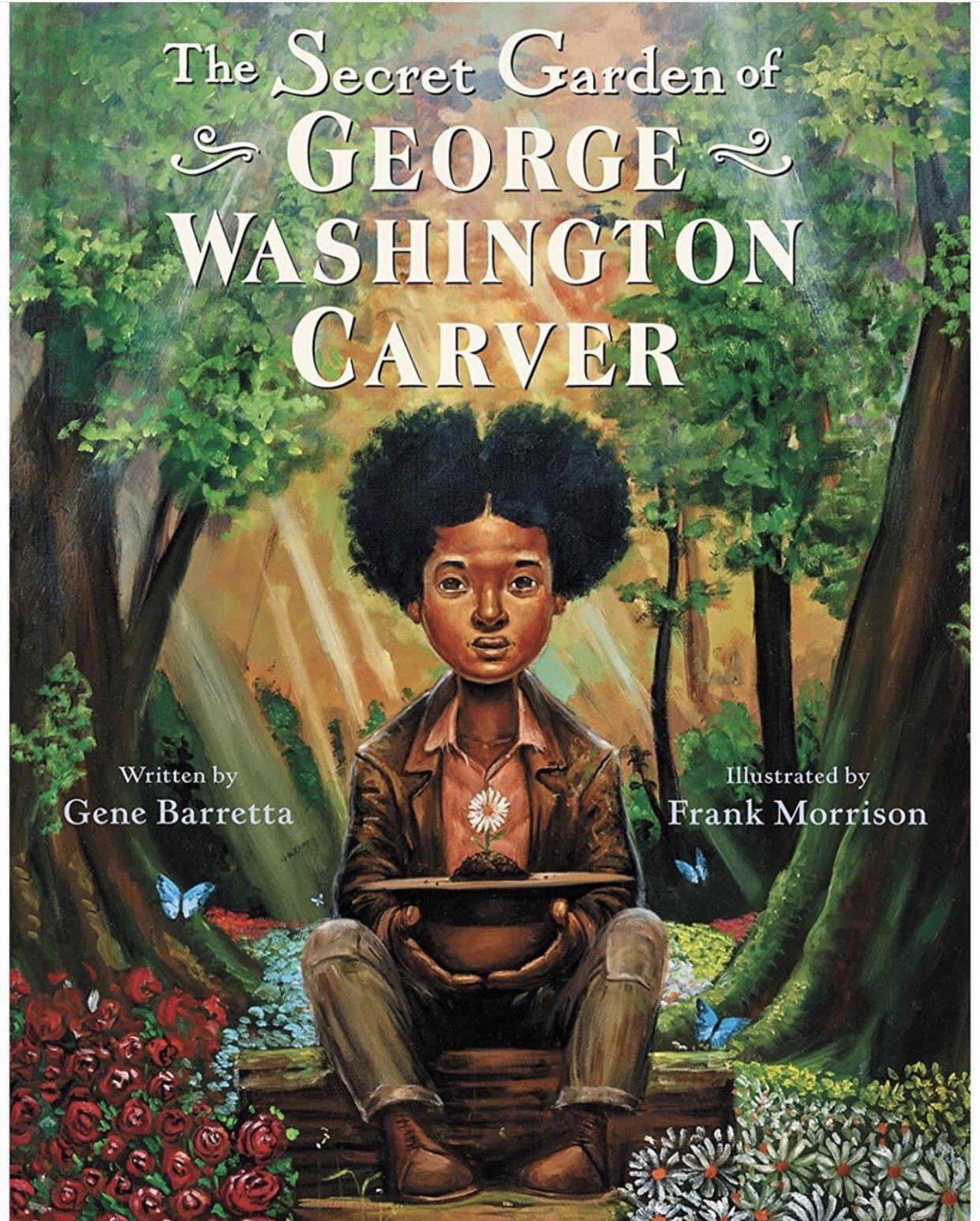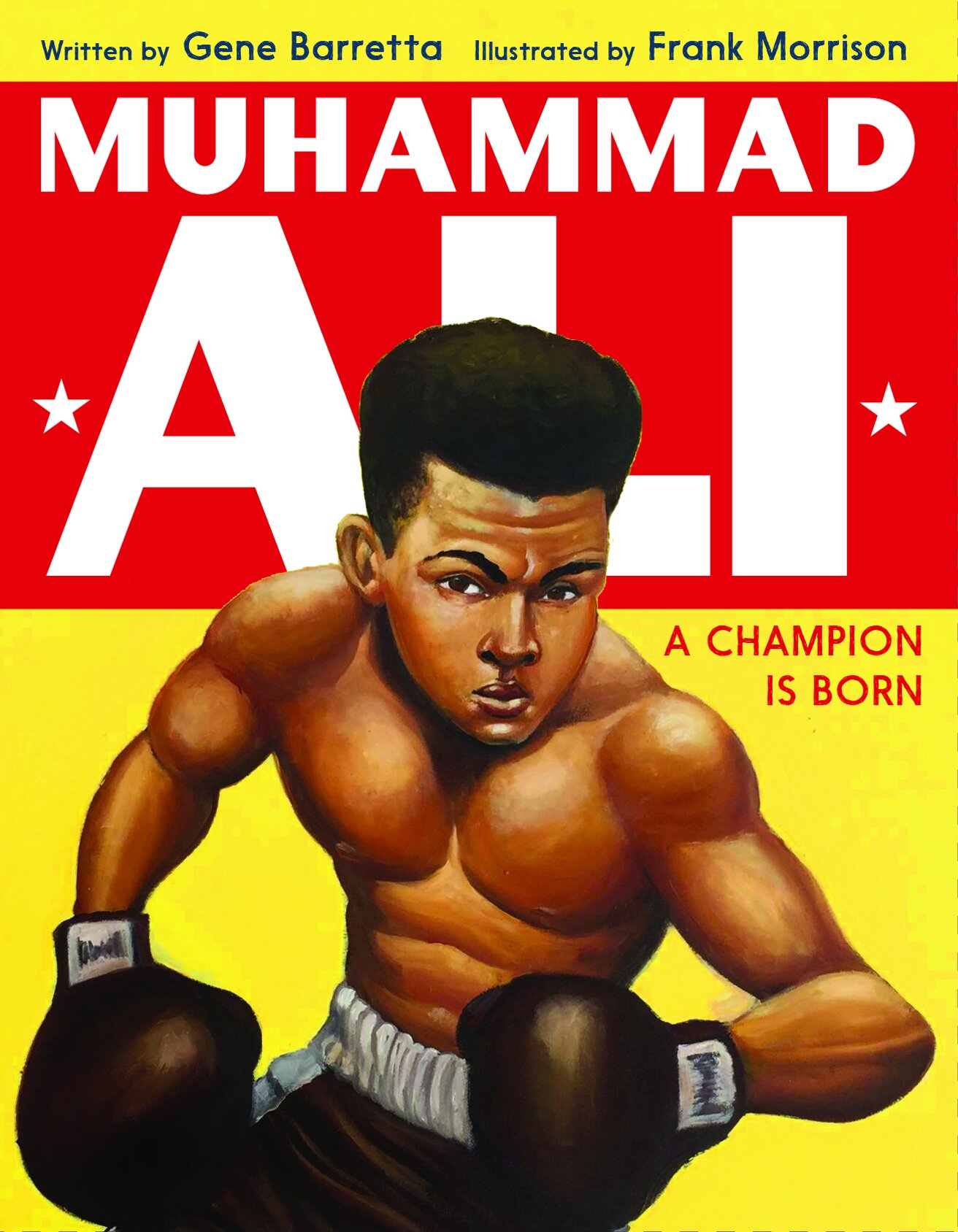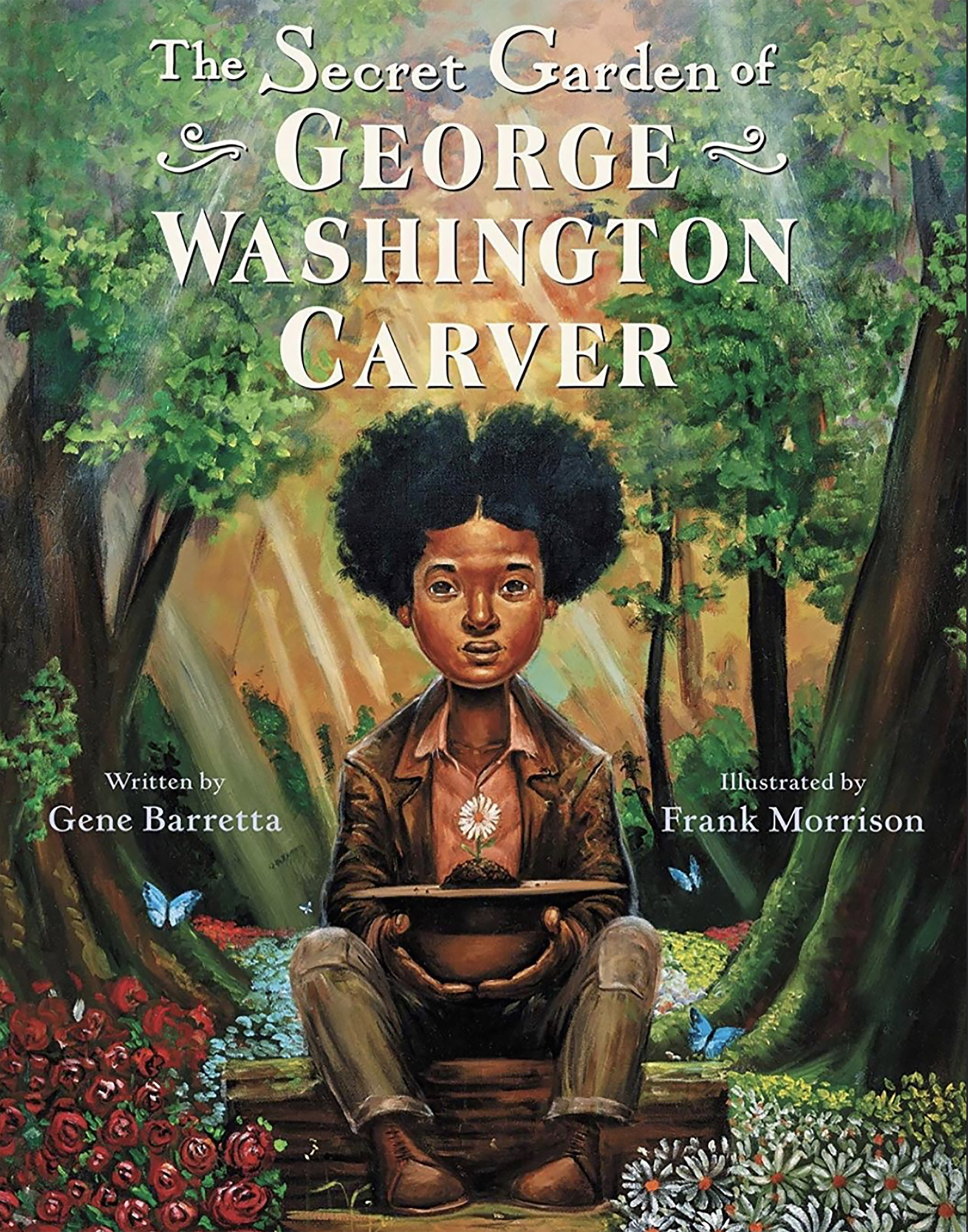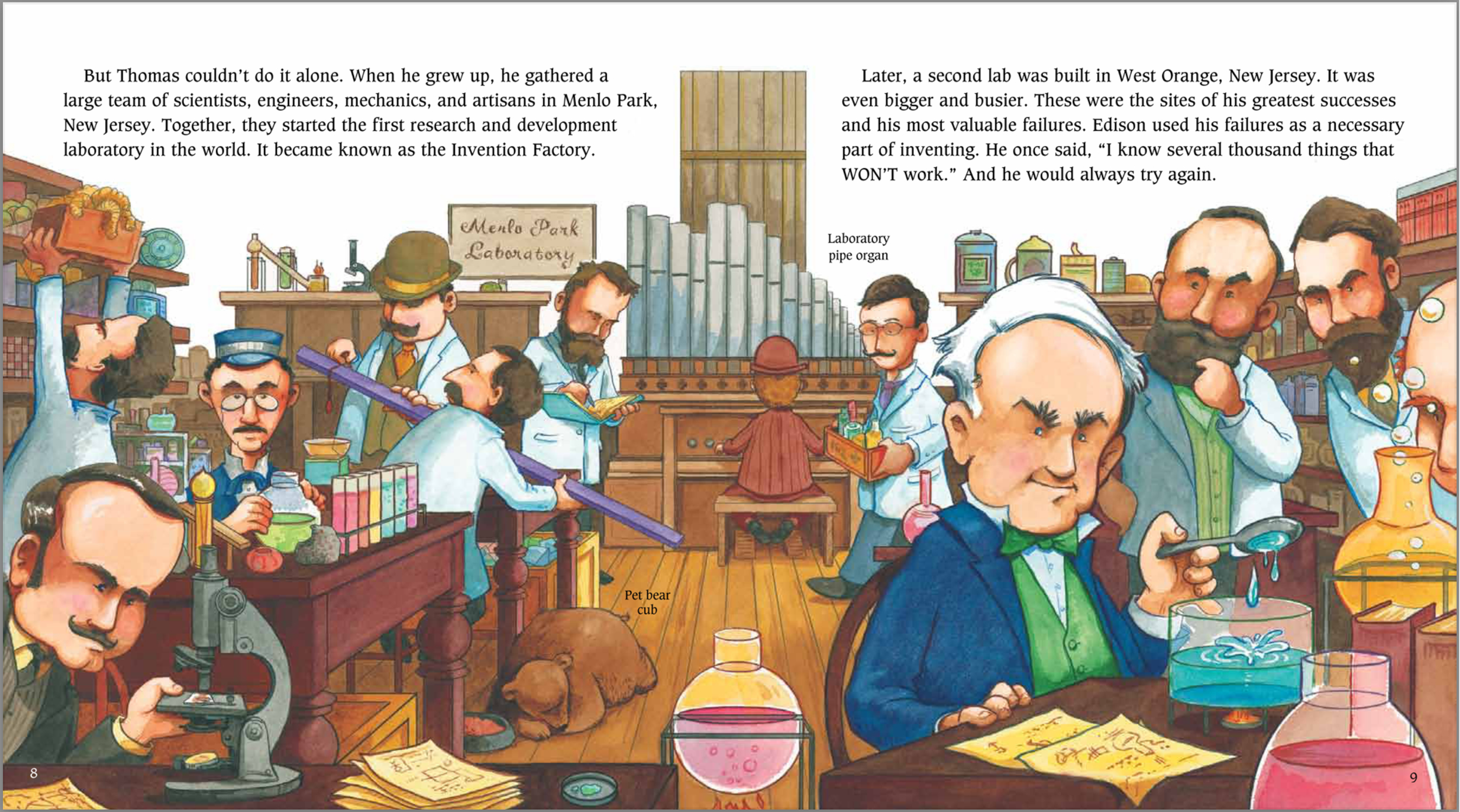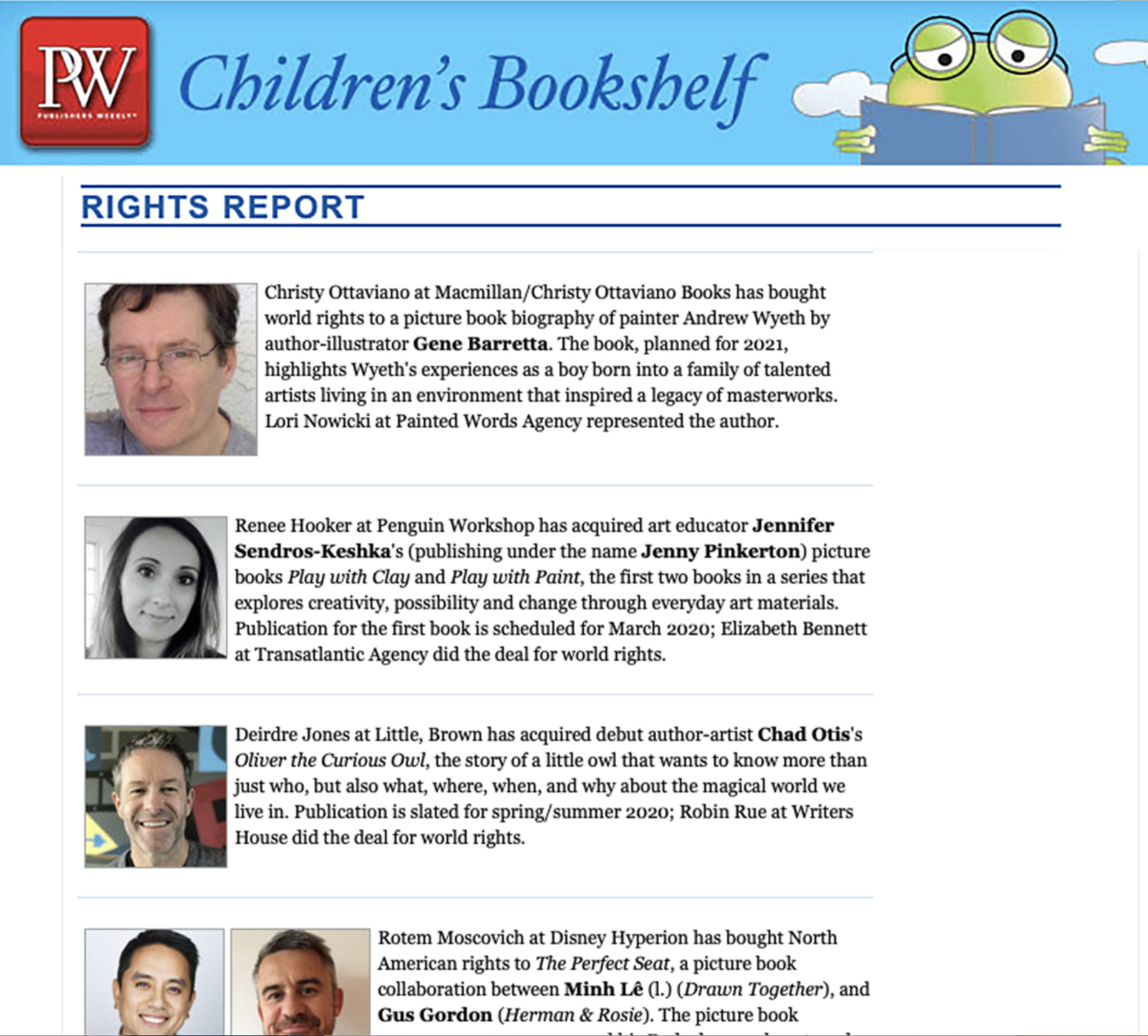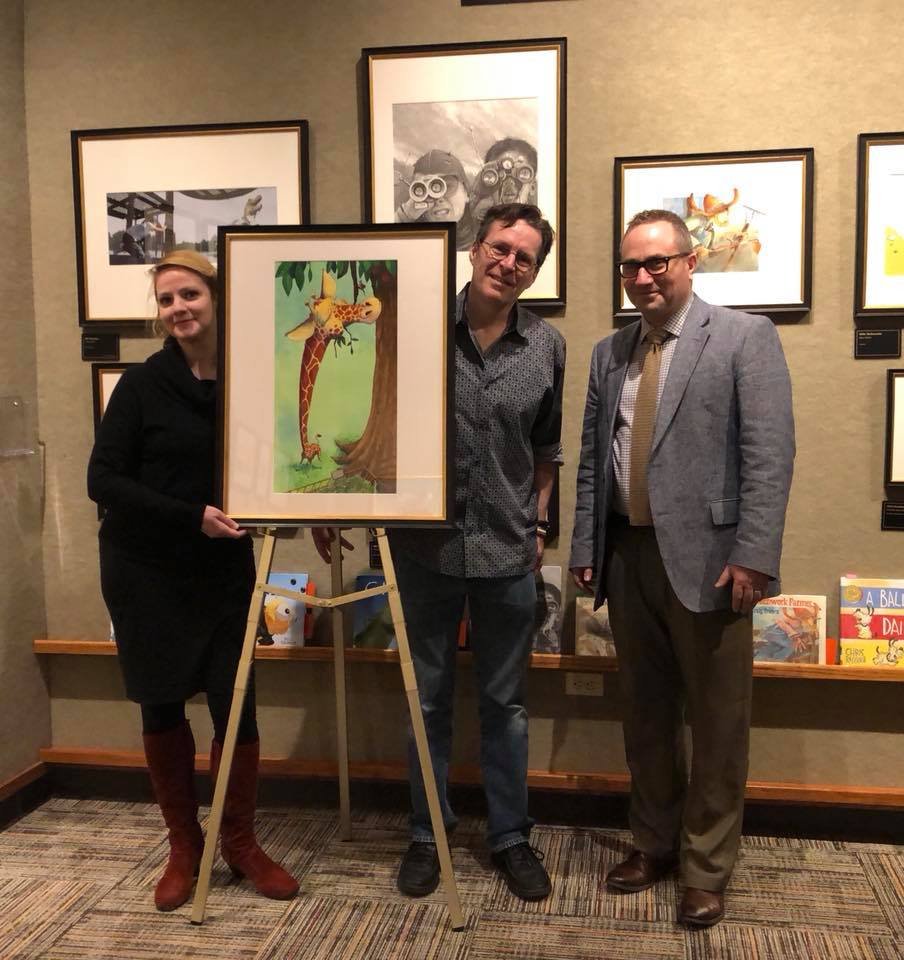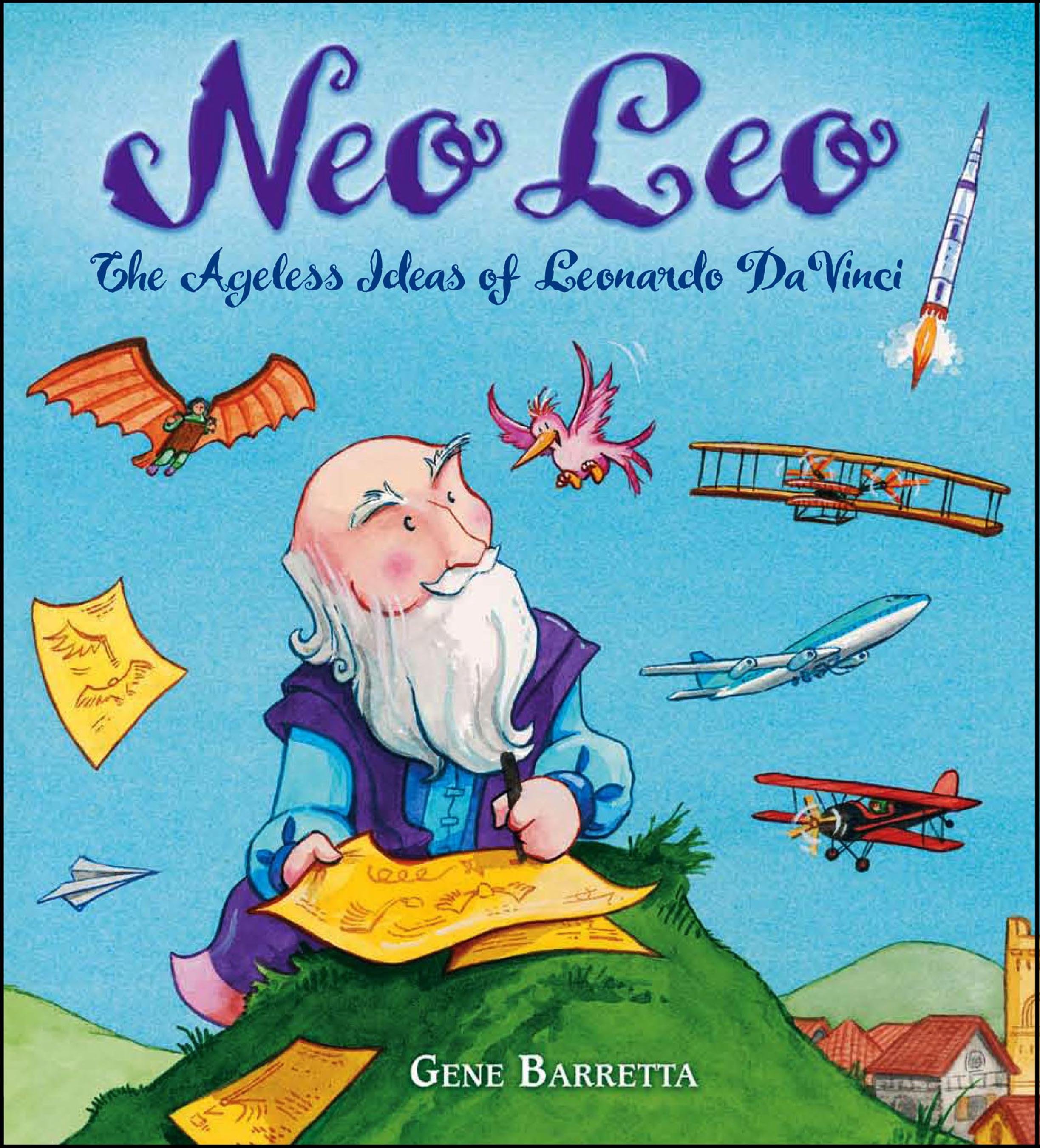NEWS!!!
My new book is out on October 7th, 2025!!!
The Apprenticeship of Andrew Wyeth: Painting a Family Legacy
Andrew Wyeth is one of the greatest American painters of the twentieth century. Before he found his creative voice, he was a boy growing up in an artistic family, spending his time in rural Pennsylvania and Maine. Andy, as he was called by his family, was trained by his father, renowned artist N.C. Wyeth, but they didn’t always see eye to eye. Pa wanted his son to work in bold, bright colors, and to fill his compositions with exciting characters and places. But to Andy, the most exciting stories to paint were the ones he lived every day, that featured the familiar people and places he loved most.
Here's a portrait of a masterful American painter whose childhood shaped the painter he would become. It showcases Andrew Wyeth’s unique world. The back matter includes six reproductions of celebrated Wyeth paintings. The project has been fully endorsed by the Wyeth Foundation for American Art.
PRE-ORDER NOW!!! Wherever books are sold. When possible, please support your local independent bookstores.
October 5, 2024
Thank you to everyone who came out to see me at the Collingswood Book Festival today! Beautiful weather, beautiful people, beautiful books!
I may see you again next year!
September 02, 2024
Hi! It’s been quite a while since I posted some News. That’s because my mind took a long journey into the past to research and write by next book:
“The Apprenticeship of Andrew Wyeth.”
It’s the first book I’ve illustrated in several years because I’ve been busy writing for other illustrators. At the same time, I’ve created a new illustration style for stories that don’t fit the images you’re used to seeing from me.
I hope you’ll like what you see. Preview images should be posting in the coming months. The book will be released in Fall 2025.
March 17, 2023
Starring Steven Spielberg is nominated for the 2023-24 Keystone to Reading Elementary Book Awards in the Intermediate division.
It will be read to or by students across the state during the 2023-24 school year. Kids vote on their favorite and the winners are invited to the KSLA Annual Conference.
If you’d like a copy: Amazon
If you’d like a signed copy, order here: Children's Book World
February 02, 2023
NEW PAPERBACKS!!!
Just in time for Black History Month. Wherever books are sold!
December 21, 2022
STARRED REVIEW!!!
Thank you, School Library Journal for the wonderful Starred Review for “Starring Steven Spielberg: The Making of a Young Filmmaker.”
If you’d like a copy: Amazon
If you’d like a signed copy, order here: Children's Book World
December 3, 2022
Join me at the Bryn Mawr Film Institute in BrynMawr, PA. I'll be talking about my book, "Starring Steven Spielberg: The Making of a Young Filmmaker" after the 1pm screening of The Fabelmans! Here’s a link: SCREENING
I will also be signing books provided by CHILDREN'S BOOK WORLD
Feb 03, 2021
NAACP Award Nomination!
I am so honored to hear that The Secret Garden of George Washington has been nominated for an NAACP Image Award!
Jan 18, 2021
Thank you, Barnes & Noble! My book, "Timeless Thomas: How Thomas Edison Changed Our Lives," received an award for Barnes & Noble's "STEAM/STEM Books and Toys for 6-8 Years Old," along with so many other great books. Take a look! Book Link
Nov 02, 2020
Texas Bluebonnet Award Master List!
I'M THRILLED that learn that my book, "The Secret Garden of George Washington Carver," is one of 20 books chosen for the prestigious 2021-22 Texas Bluebonnet Award Master List! Over the course of the year, students from schools and libraries throughout Texas will read the list and choose their favorite. I'm in great company! Congratulations, Ben Rosenthal and Frank Morrison! Thank you, Texas Library Association!
Dec 19, 2019
Starred Review from SLJ for Carver!
George Washington Carver is best known as an agricultural expert who discovered versatile uses for the peanut. This story focuses on his first garden. Hidden beneath the trees where no one could tease or belittle him, Carver studied nature and the “more he experimented, the more he learned.” The narrative starts in 1921 with Carver addressing Congress on the importance of the peanut and impressing an audience of white men at a time when “African-Americans were...treated as second-class citizens.” Readers are then transported back to 1874, to the Missouri farm where Carver was born into slavery, and then to the end of slavery and the planting of his first garden. The narrative then focuses on Carver’s determined search for education and finally his work as a teacher at the Tuskegee Institute. The beautiful oil on board illustrations show the wonder of young Carver as he contemplates the petals on a flower or the first green sprouts of spring. Barretta’s prose, combined with Morrison’s art, fully illuminates the depth of Carter’s considerable contributions to the science of agriculture, the farming community, and racial equality. Back matter includes a time line of Carver’s life, a ¬bibliography, and suggestions for further ¬reading. VERDICT A well-thought-out biography that highlights a different side of Carver and will be a first purchase for school and ¬public library collections.
–¬Suzanne Costner, ¬Fairview Elementary School, Maryville, TN
Oct 01, 2019
The Museum of Moving Image!
HEY SESAME STREET FANS!!! Come see me at the SESAME STREET SHORT FILM FEST!!! The Museum of Moving Image. New York. 10/13. 2PM. Lots of Cool and Classic films and a discussion with host, Craig Shemin, animator ME, filmmaker William Wegman, and animator John Dilworth!
Feb 08, 2019
Wyeth!
IT'S OFFICIAL! Another Publisher's Weekly announcement. Finally getting to make my passion project! Thank you, Christy Ottaviano.
Dec 04, 2018
It's official in Publisher's Weekly! Illustrator Craig Orback and I are going to bring some much needed attention to a guy named Spielberg.
Three Stooges Cameos! Well, it all started in 2007, when I gave stooge haircuts to the cows in “Dear Deer.” Since then, The 3 Stooges have appeared in seven of my books. See if you can spot them.
Oct 26, 2017
Two more paintings to The Mazza Museum!
A painting from "The Bat Can Bat: A Book of True Homonyms" and "Neo Leo: The Ageless Ideas of Leonardo Da Vinci" have been added to the collection at The Mazza Museum!
Plus, they made a cast of my hand!
Sep 26, 2017
My three inventor books (Now & Ben, Neo Leo, and Timeless Thomas) were included in Geekwrapped.com's 100 Best New Science Books for Kids. Read Here
I have a tradition here in the studio. Whenever I do a picture-book biography I search out items to inspire me, including little figures. Here are my bio subjects to date. Ben Franklin, John F. Kennedy, Muhammad Ali, Thomas Edison, George Washington Carver, Abraham Lincoln and Leonardo Da Vinci. Ok, I took liberties with the Kennedy and Lincoln figures! 4 of the 7 books have not yet been released.
Aug 27, 2017
Carolyn W. Field Honor Book Award!
Lincoln and Kennedy was given a Carolyn W. Field Honor Book Award! Thank you, PA Library Association!
Nov 29, 2016
Lincoln and Kennedy is on the NY Public Library list of 100 Best Kids Books of 2016!
Nov 01, 2016
My second 92Y Talk!
Watch my presentation from the 92nd St. Y in New York, with Author/Illustrator Don Brown speaking about "Lincoln and Kennedy: A Pair to Compare." He'll be speaking about his book, "Aaron and Alexander." Watch the Talk
Apr 04, 2016
First 92Y Talk!
I was honored to speak at the prestigious 92nd St.Y in New York about my picture book: "Neo Leo: The Ageless Ideas of Leonardo Da Vinci." If you'd like to see it, here's the link: 92Y Talk
Sep 28, 2015
Just hangin’ at The Mazza Museum! They have arrived! I'm proud to say that two of my book paintings are now part of the collection at The Mazza Museum in Findlay, OH. It is one of the largest museums in the world for children's book illustrations.
Fellow Authors and Illustrators at Children’s Book World. L-R: J Byron Schachner, Zach OHora, Adam Lehrhaupt, Amy Ignatow, Monica Carnesi, Ame Dyckman, Brian Biggs, Hannah Schwartz, Gene Barretta, Jerry Spinelli, Peter Catalanotto and Eileen Spinelli. Not pictured – David Wiesner.
